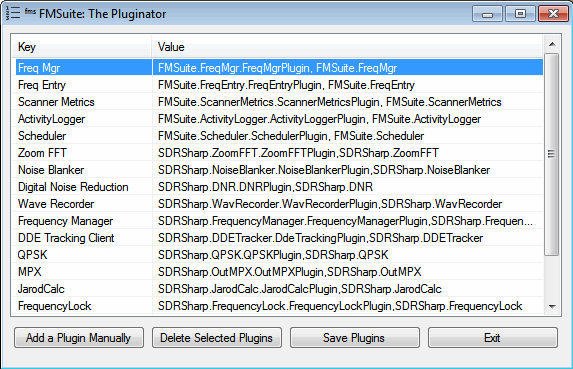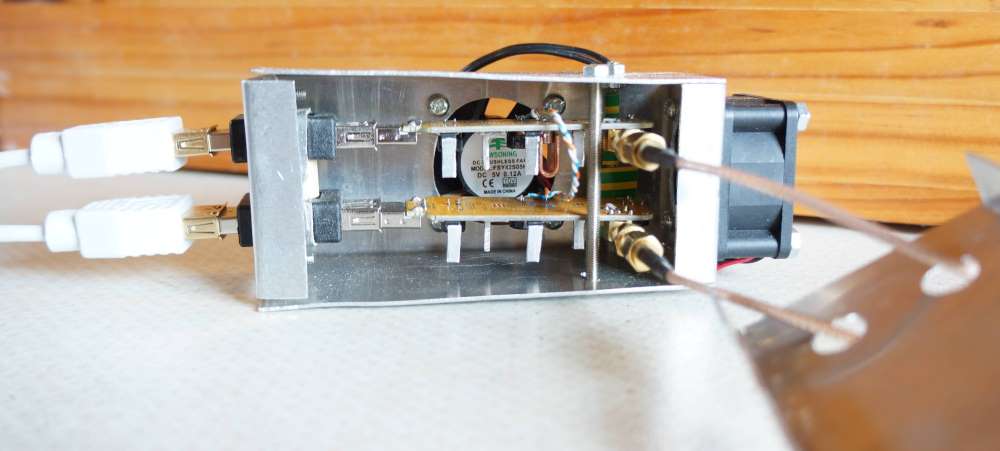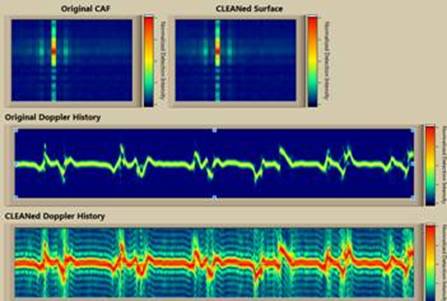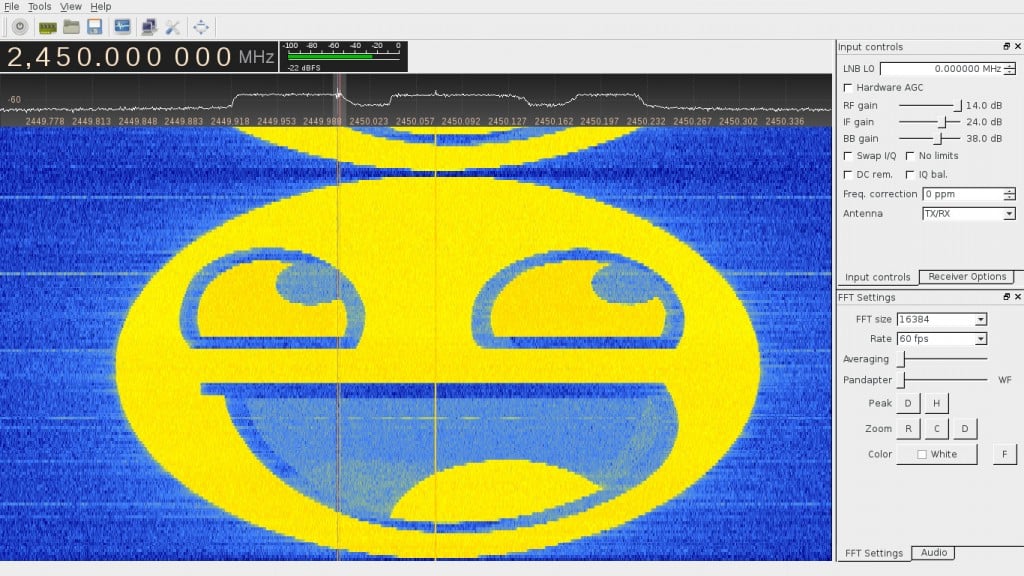Frequency Manager Suite Plugin for SDR#
Recently the popular Frequency Manager + Scanner plugin set for SDR# has been upgraded and renamed to the “Frequency Manager Suite”. The plugin can be downloaded from their new website at www.freqmgrsuite.com. The plugin suite includes a frequency scanner and manager, a scanner metrics recorder, a scheduler, an activity logger and a frequency entry plugin.
Apart from plugins the suite also now includes a plugin manager program called “Pluginator” which can help you to install and delete plugins without needing to edit the Plugins.xml file directly. There is also a new database manager tool which can help you to import frequency databases from online or other sources.
We have posted the full feature release below:
The Frequency Manager Suite (FMS) adds 4 more plugins to the previous set of 3:
Scheduler – allows you to schedule listening activities by date and time.
Activity Logger – records scanner activity to a file for later use.
Scanner Decisions – now a first-class plugin and also available as the classic stand-alone window. And you can change the position of the plugin without restarting SDR#.
Frequency Details – displays details about a frequency from your database. And you can change the position of the plugin without restarting SDR#.
New standalone applications also come with FMS:
- Data Tools – this significantly upgraded import/export application lets you import data from 6 popular internet databases as well as generically-formatted files, and permits you to export your FMS databases to standard file format.
- The Pluginator – an application that lets you add, delete, and change the order of plugins without ever having to hand-edit the SDR# file Plugins.xml. Just fill in the blanks.
New features in Frequency Manager + Scanner:
- The new Preferences dialog allows customization without hand-editing a configuration file.
- FMS configurations are now kept in a file separate from those of SDR#, permitting easier upgrades to SDR#.
- You can have multiple frequency databases, and can change to a different database without restarting SDR#.
- When tuning manually you can optionally change the radio settings (mode, BW, etc.) according to what’s in the database for the tuned frequency.
- Scan resolution – high-res or low-res to favor speed over accuracy or vice versa.
- Adjacent Frequency Rejection now displays its bandwidth on the spectrum analyzer.
- Plus many other improvements and bug fixes.











